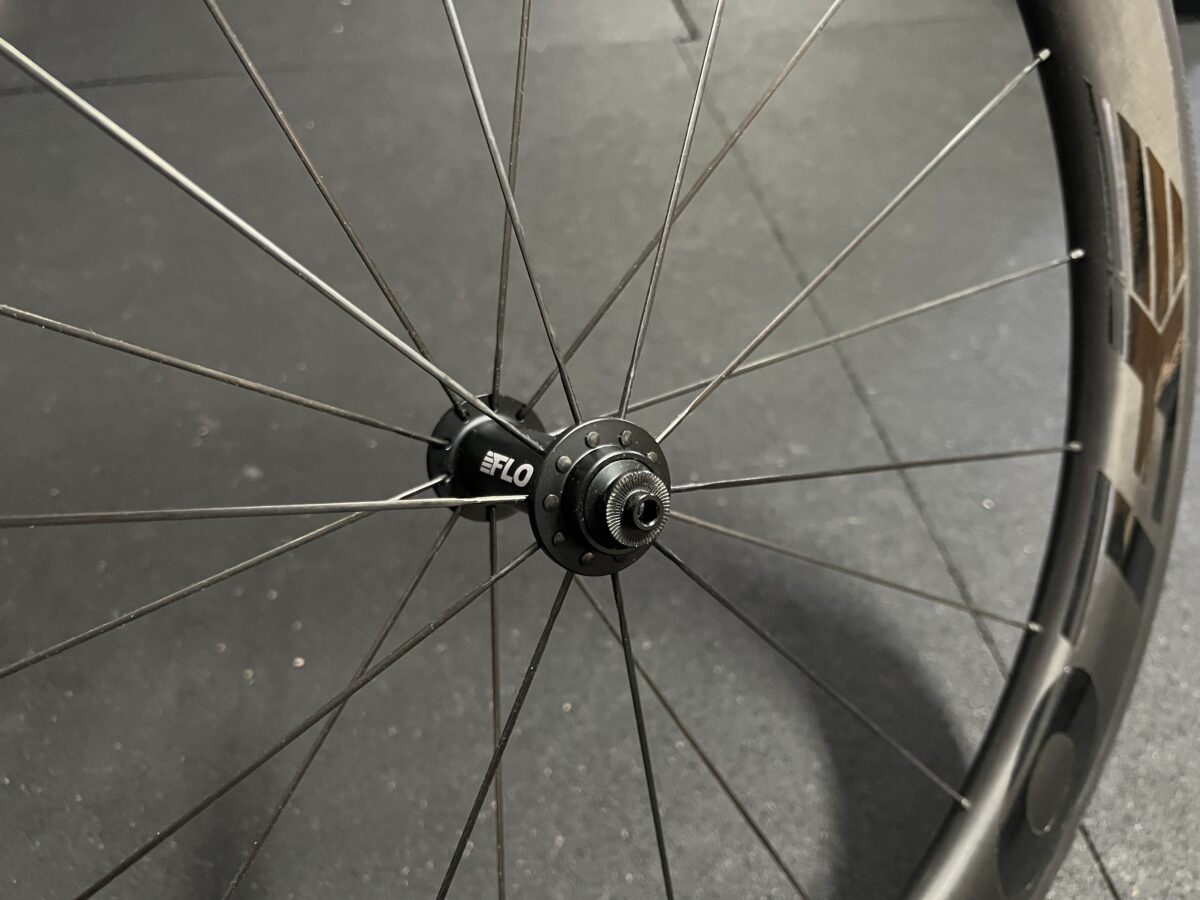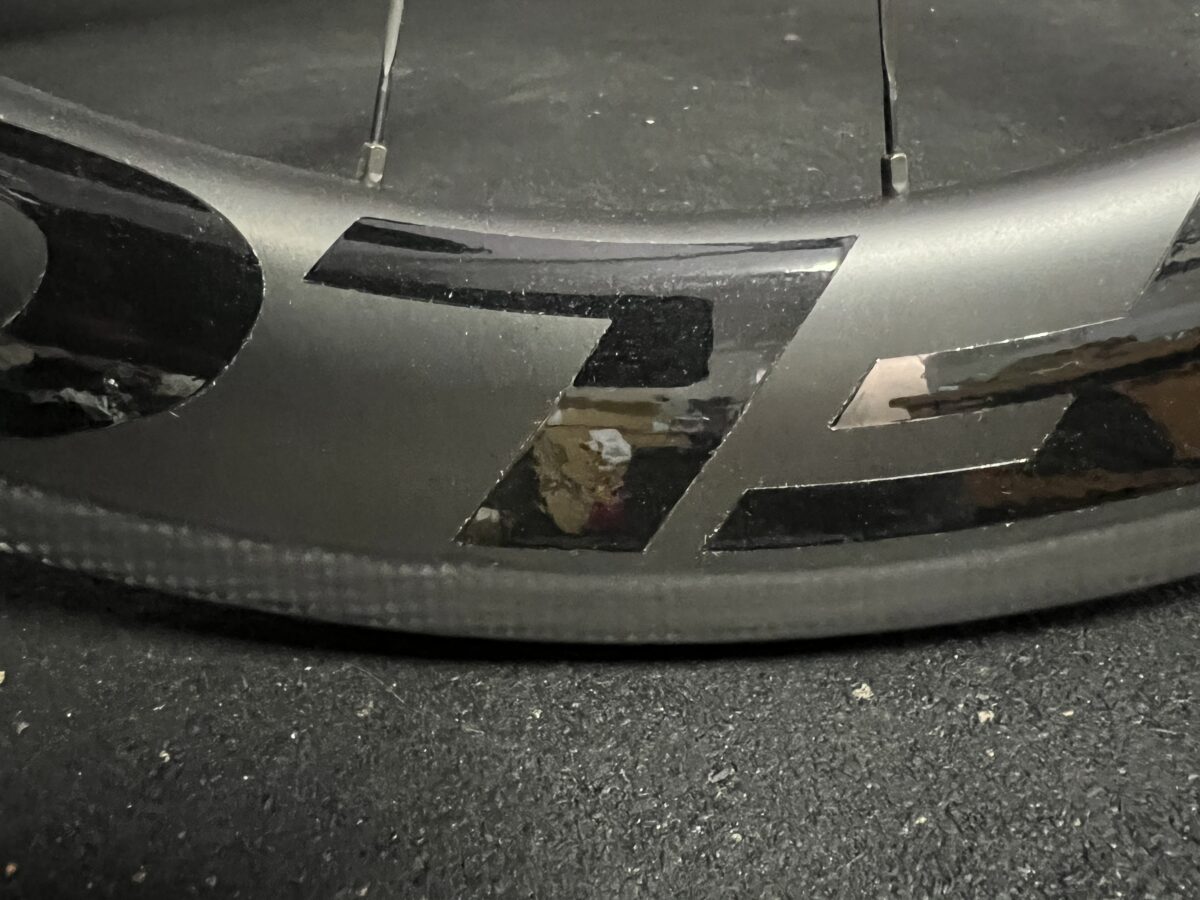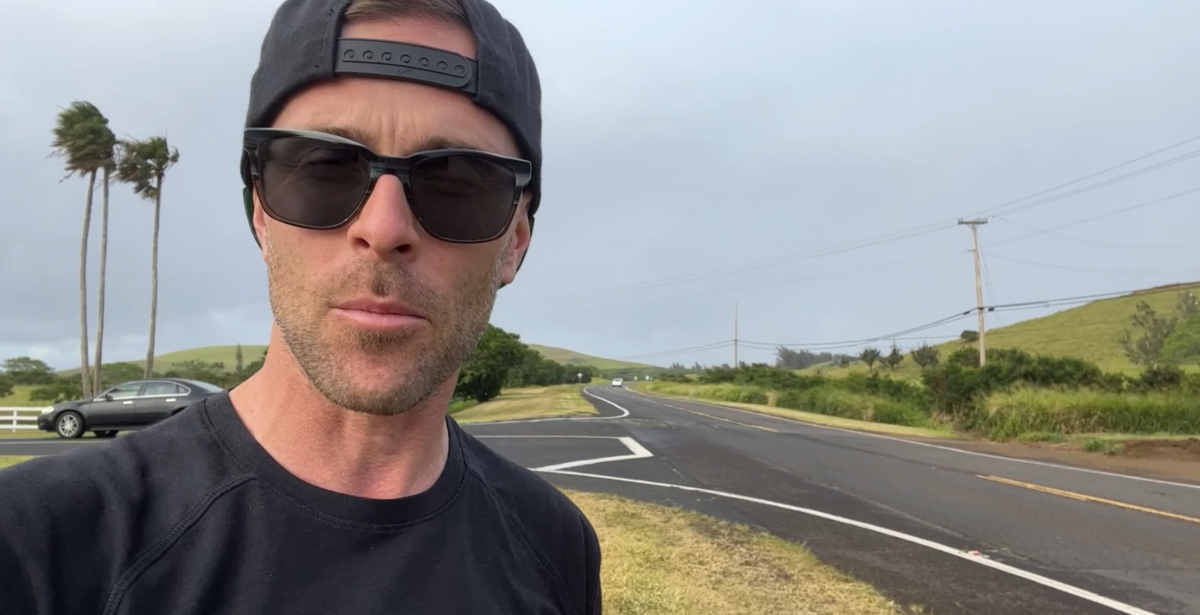You probably know that wheels are an essential component of a bike’s design, but have you ever wondered how the spokes of the wheel work to keep it rolling? In this article, we’ll explore the highly debated question, “Does a Cycling Wheel Stand on the Bottom Spokes or Hang from the Top Spokes?”
Does a Cycling Wheel Stand on the Bottom Spokes or Hang from the Top Spokes?
If you read about how spokes work, you will find a lot of debate around the idea that a wheel stands on the bottom spokes or hangs from the top spokes. The truth is a cyclic wheel is a complex system of pre-tensioned spokes and to say that it either stands or hangs is black or white. There is a combination of forces acting on all the spokes that allow it to support its load.

Pre-Tensioning Bicycle Spokes
The spokes of a bicycle wheel are pre-tensioned, which means they are tightened to a specific tension as the wheel is assembled. This pre-tensioning force is one order of magnitude greater than the external forces that may act on each spoke. So, when the wheel is under load, the spokes closer to the ground will reduce tension under load, but not enough to become compressed. Nipples are seated in the spoke bed of the rim and are held in place under tension, therefore, if the spokes of a bicycle wheel are loaded enough, it’s the nipple that would come out of the rim.
Other Spoke Myths
There is also a belief that the bottom spokes are the only ones that change their tension in a significant way and do all the work.
When the rim is compressed, the spokes closest to the ground do de-tension more than other spokes, but the added tension from the de-tensions rims is dispersed evenly throughout the other spokes. While small, it’s still there. This is the same concept as the contact patch of a tire. Since the shape of the rim change at the bottom, the spokes near the “contact patch” de-tension and the rest of the spokes increase tension slightly to keep the wheel balanced. There are fewer spokes near the contact patch compared to the rest of the wheel so the ratio of the load change is not even among all spokes.
There is also an argument to prove where the load is by how the pitch changes on the spokes near the ground. Since these spokes change the most based on the ratio mentioned above, they do have the largest pitch change. However, all of the spokes change pitch but the load is evenly distributed among the other spokes making the pitch change hardly detectable.
A Simple Example of How a Spokes Work on a Cycling Wheel
Let’s imagine a theoretical wheel with four spokes: one pointing up, one down, one front, and one back. All spokes have been pre-tensioned. When this wheel is loaded with weight, such as a bicycle with a rider, the weight is transferred to the ground via the spokes. The top spoke will see an increase in tension, the bottom spoke will see a reduction in tension, while the lateral spokes will simply rotate and wait for their turn to be de-tensioned or tensioned. When the spokes are diagonal with respect to the vertical, two of them will slightly increase their tension, and two will decrease tension. Therefore, as a cycling wheel rotates, the spokes go through cycles of tensioning and de-tensioning.
Spokes can fatigue quickly with a poorly built wheel or low-quality spokes, which often leads to broken spokes. This is why great spokes and a well-built wheel are essential.
All FLO Wheels (apart from the FLO DISC) are built with Sapim CX-Ray spokes, which are arguably the best in the industry and we hand-build each wheel to ensure correct tension. The FLO DISC uses Sapim Laser spokes since they are not exposed to airflow.

How Does a Cycling Wheel Support its Load?
A cycling wheel is a complex, pre-stressed structure and all spokes take part in supporting the load. To say that the wheel stands on the bottom spokes or hangs from the top spokes is too simplified. It’s a balance of forces of a complex pre-tensioned system that holds up the rider. The spokes of a bicycle wheel work together to distribute weight and maintain stability. Understanding the mechanics behind spokes and pre-tensioning is important to ensure that your wheels are properly assembled and maintained. With this knowledge, you can appreciate the complexity and beauty of wheel engineering and keep your riding in balance.
source https://blog.flocycling.com/aero-wheels/how-a-cycling-wheel-supports-its-load/

No comments:
Post a Comment